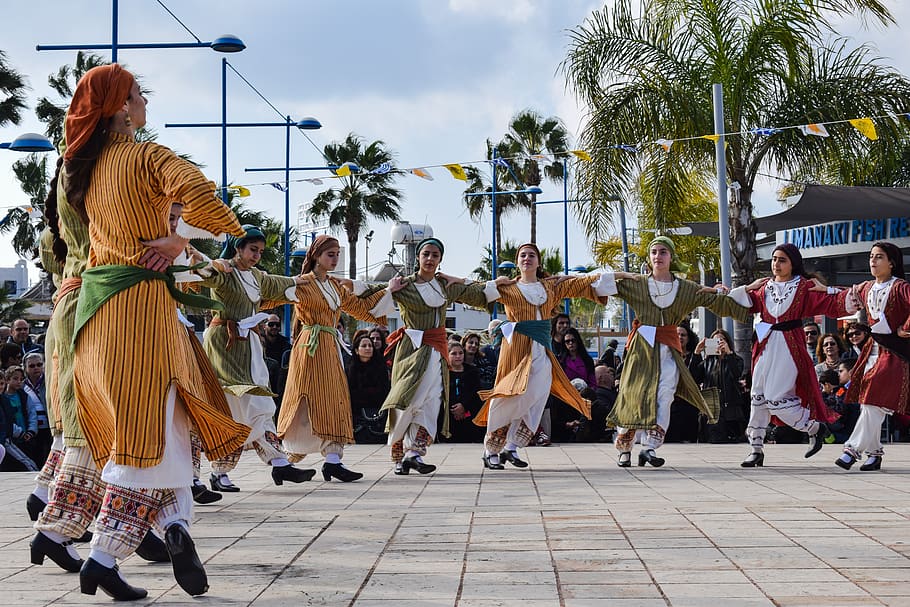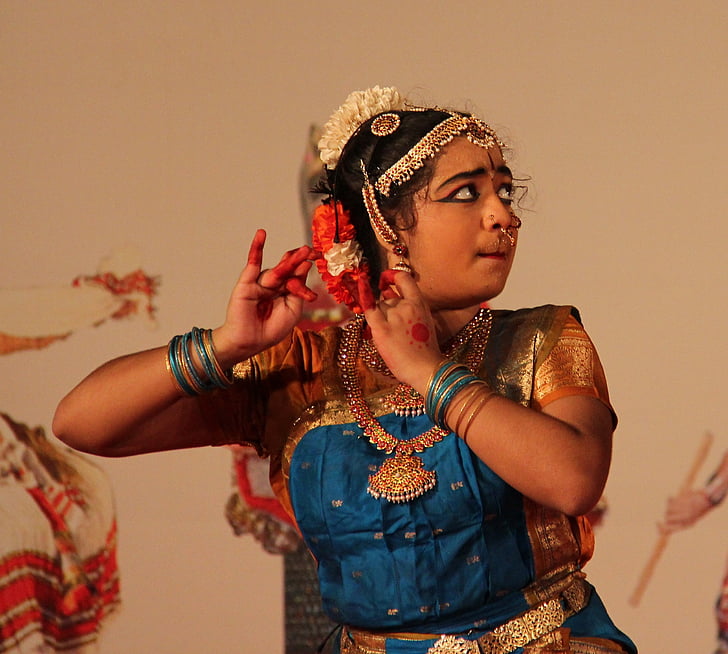By Ritika Soun

Definitions of folklore are as many and varied as the versions of a well- known tale. The definitions stand different for anthropologists, students of literature, folklorists and the general lay individual. Even after these variations, they circumvented the main issue, namely, the isolation of the unifying thread that joins jokes and myths, gestures and legends, costumes and music into a single category of knowledge. Folklores are also popularly referred to as folktales and in the Indian tradition; they are referred to as lok sahitya. They constitute the mixture of both ‘semantic’ and ‘theoretical’ differences.
However, we still find difficulties in defining folklores – whether they are genuine and real, we still fear to truthfully associate them with facts. These difficulties in folklores result from the nature of the ‘folklore’ itself and are rooted in the historical development of the concept. Folklore is an organic phenomenon in the sense that it is an integral part of the culture and is an indigenous taxonomy of oral tradition. The audience (of the folklore) itself- be it children, or adults, men or women, a stable society or an accidental grouping also affects the kind of folklore genre and the manner of its presentation. Apart from the audiences, they are also affected by the diffusion from one culture to another. This at times, places the folklores in conflicting perspectives, due to its inherent duality. This opens us to the possibility of cross-culture narratives, where the same story maybe a myth for one group and Marchen, i.e. fairy tale for another. This in return raises the question of its origin, as we are still clueless about its very genesis. Another feature that is unique to folklore is that it is and has been performed repeatedly by different peoples on various occasions and in various forms.
Moreover, the folklores also reflect on the diverse beliefs, and customs of the respective societies. Several modern researchers have analyzed folklores and have argued that they should be corroborated, analyzed and studied as a part of psychical science/research, anthropology, archaeology, comparative anthropology, and religion- to present them in entirety. Thus folklore offers the scientific means for studying human(s) and humankind. This is more critical to our Indian subcontinent as it is a vast sub-continent inhabited by a great variety of people with varying beliefs, diverse legends, customs, superstitions, and other traditional practices. Many researchers and anthropologists have been struck by the rustic charm and poetic sensitivity of folklores.
For instance, we all must have heard at some point in time, about the great legacy of our ancestors from our parents and grandparents. They leave a fine imprint in our minds and as we grow they grow with us. Similarly, folklores have the same impact on our minds and keep the chemical of curiosity in our minds alive. We all must have also heard about the famous epics Ramayana and Mahabharata, both contain myriad stories and sub-plots in them, which can also be adhered to a broader corpus of folklore which happen to become popular amongst the populace. The dates and realities of the two have been a part of constant debate among the scholars and field specialists – in other words, even their origins are unknown and we only know what has been made known by the authors.

We often find folklores have numerous folk narratives within them reflecting on the realities of the time, as anything that we write or intend to write/ produce is the product of the time as the individual in herself/himself is the product of the time and cannot be detached with the surroundings. For instance, we often find in these folktales the morals, the conflicts, self-discipline, politics and often the mentions and discussions about the economy and society in general. Some of the well-known folktales are – Aladdin and the Magic Lamp, Vikram and Betaal, and others. For instance, the most popular panctantras, we all have a copy lying in our bookshelves! They also have folktales incorporated in them from Arabia or Persia. Another one to quote is the Jataka stories – they all revolve and develop around the protagonist Buddha or Gautama Buddha and present the tales through his various forms he takes birth into.
In addition to general folktales, we also find folktales from specific regions, reflecting their respective legends and realities. Few of the folklores are The Old Deccan Days, Folk-Tales of Bengal (by L.B. Day), Legends of Punjab, and others. The things that grab our attention to folklores are that they can originate at any place, anytime, could be secular and majorly have human and non-human elements; in other words, they are a box full of things – having something for each one of us.
Folktales and their equally important role have also been recognized by UNESCO under the broader category of Intangible Cultural Heritage (of India). As they believe that ‘the oral traditions and expressions domain’ encompasses an enormous variety of spoken forms including proverbs, riddles, tales, nursery rhymes, legends, myths, epic songs and poems, charms, prayers, chants, songs, dramatic performances and more. Oral traditions and expressions are used to pass on knowledge, cultural and social values, and collective memory. They play a crucial part in keeping cultures alive (according to UNESCO).
If we look at folklore or folktales in an alternative way we can find that they also play an integral role in bringing the grassroots communities in the forefront – through the adaptation and modification of these folktales in the mainstream cultures. As there are no better places to feel and experience the belief vested in the folktales other than in our rural communities, which we intend to paint as primitive.
So, we can say that folklore surpasses boundaries of time in a way that it brings the culture and civilization of the past and merges it with the future for a better understanding. They not only give creative license to the author but are no less than our ‘modern Indian fictions’.
Ritika is a museum enthusiast and likes to explore the diverse arts, culture and heritage of India. Living in a country which has been the storehouse of history in its every nook and crannies, it becomes really difficult for her to remain aloof from it for long. She believes that the community needs to know about this and this is what she is striving to achieve.


